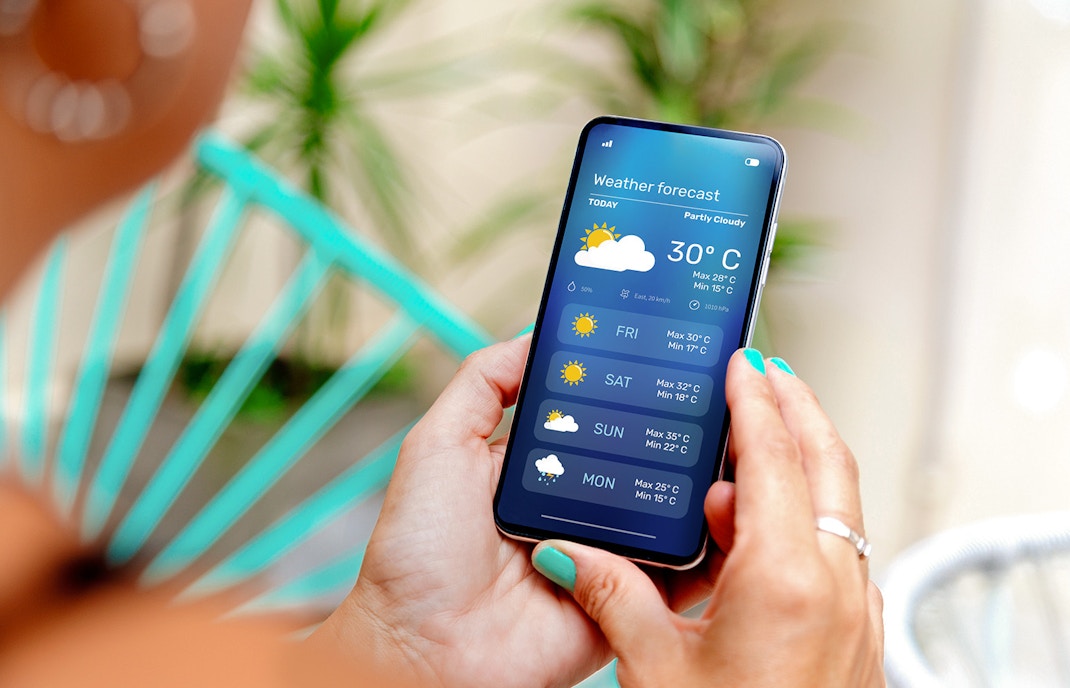Northern Lights Rovaniemi forecast | Best times to see the Aurora
How to check the forecast
KP index
It is a scale that indicates geomagnetic activity and predicts its visibility. There are many levels of the index. Here’s how you can find out:
KP Index levels:
- 0-3: Low geomagnetic activity, rare sightings.
- 4-5: Moderate activity, Northern Lights may be visible at higher latitudes.
- 6-9: High activity, Northern Lights can be visible at lower latitudes.
Monitor the weather
Cloud cover is one of the biggest factors affecting visibility. Even strong aurora activity can go unseen if the skies are cloudy. Always check the latest weather forecast before heading out.
Key factors to watch:
- Cloud cover: Clear skies are essential; overcast conditions block visibility completely.
- Temperature: Cold, high-pressure systems often bring stable and cloud-free nights, ideal for aurora spotting.
- Wind direction: Northerly or easterly winds can clear clouds and improve viewing chances.
IMF
The IMF is the Sun’s magnetic field carried by the solar wind. Its Bz value shows how well that energy can enter Earth’s atmosphere.
- A negative Bz (southward) allows solar particles to interact with Earth’s field, perfect for strong Auroras.
- A positive Bz (northward) blocks this interaction, reducing visibility.
Tip: Look for a Bz below -5 nT for the best Northern Lights chances in Rovaniemi.
Where to check the Northern Lights Rovaniemi forecast?
To check the forecast, here are a few reliable sources. Remember though, the lights are a natural phenomenon so changes may occur despite all the predictions!

Aurora Borealis forecast websites
- Space Weather Prediction Center (NOAA): This provides a geomagnetic storm forecast that can help predict Northern Lights activity, helping you understand the frequency and chances of visibility of the lights.
- The Geophysical Institute (Norway): Another trusted site for Northern Lights forecasts, including the latest data for Rovaniemi is the Geophysical Institute. Find the latest weather forecasts and updates here before you begin your trip.
- Aurora Service (Europe) is a website that provides forecasts around Europe and includes Finland.
- YR.NOis a trusted weather forecasting site that shows accurate predictions around Rovaniemi and its surrounding areas.

Aurora Borealis forecast apps
- My Aurora Forecast sends you real-time alerts and shows aurora activity levels that can help you decide your day accordingly.
- Glendale app is a tracker app, perfect for anyone seeking a comprehensive view of the Northern Lights forecast as it gives out detailed predictions and features visual representations of Coronal Holes, Solar Flares, and Coronal Mass Ejections (CMEs).
- AuroraWatch: This app offers alerts when the Northern Lights are likely visible in your area. While it is mostly UK-focused, it also covers regions like Finland.
- SpaceWeatherLive app The Kp index is crucial for predicting Aurora visibility and provides real-time Kp index data and Aurora alerts, helping you track the best conditions for spotting the Northern Lights in Rovaniemi.
Note: Remember, factors like fluctuating weather conditions, solar activity, and other variables play a significant role. So, be patient during your trip, as it may take several hours for the lights to appear—but rest assured, the wait will be well worth it.
Book your Northern Lights tour in Rovaniemi
Frequently asked questions about the Northern Lights forecast in Rovaniemi
Forecasts are more or less accurate up to 2 to 3 days. However, it is advisable to keep checking them closer to the day you’re setting out on a Northern Lights chase.
While you might enjoy setting out on your own, joining a guided tour will increase your chances of seeing the lights as the local guides know the best spots, away from the city’s light pollution.
The IMF is the best indicator of the Northern Lights and the Bz value tells you clearly about your chances of seeing the lights, even if the KP index is low.
The Northern Lights are said to show up every second day and that is also dependent on solar activity, minimal light pollution, and cloud cover. The more the solar activity, the more brighter representations you can expect.
This is the beginning of longer and darker nights which increase your window of seeing the Northern Lights, and this period lasts until February.
